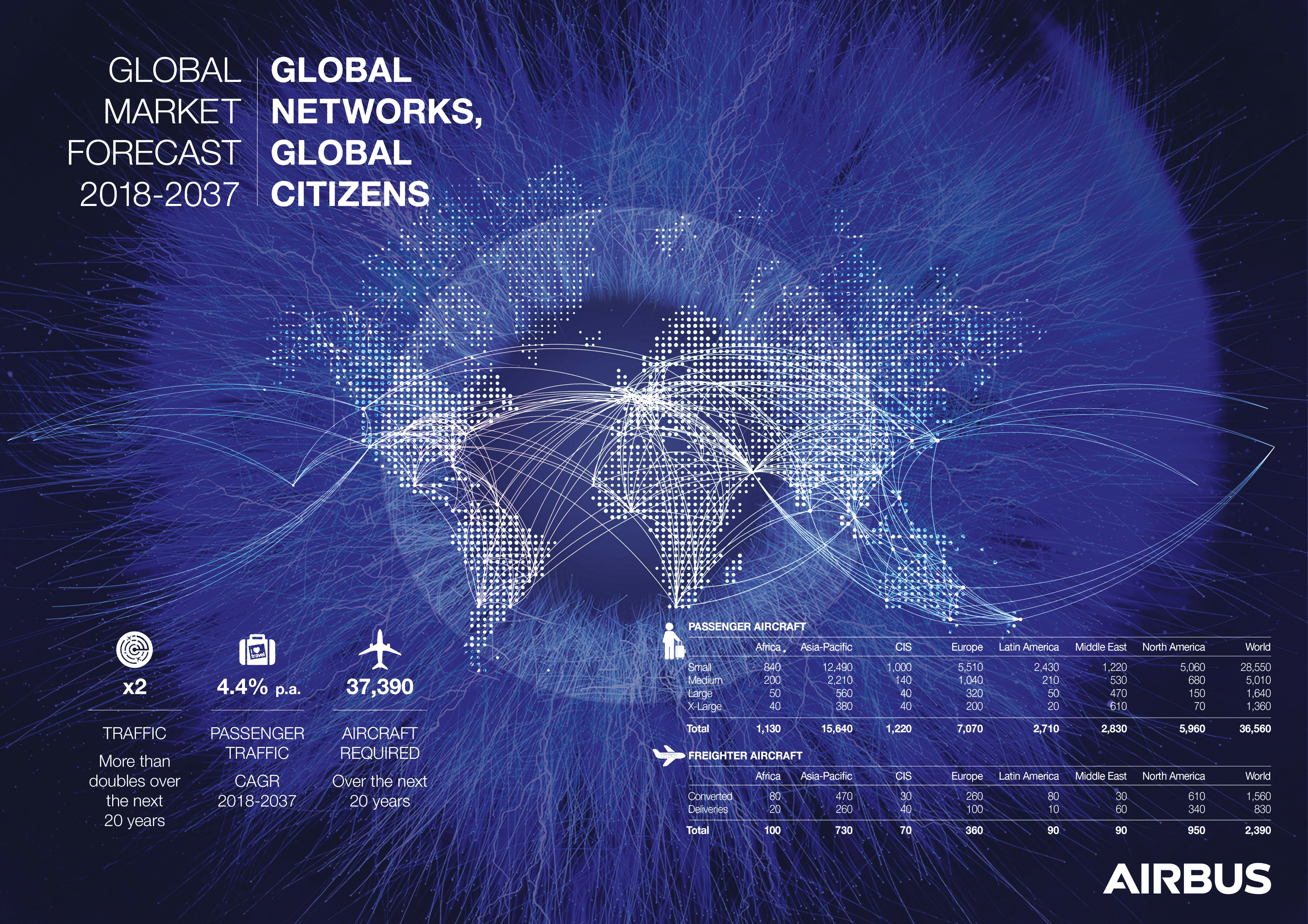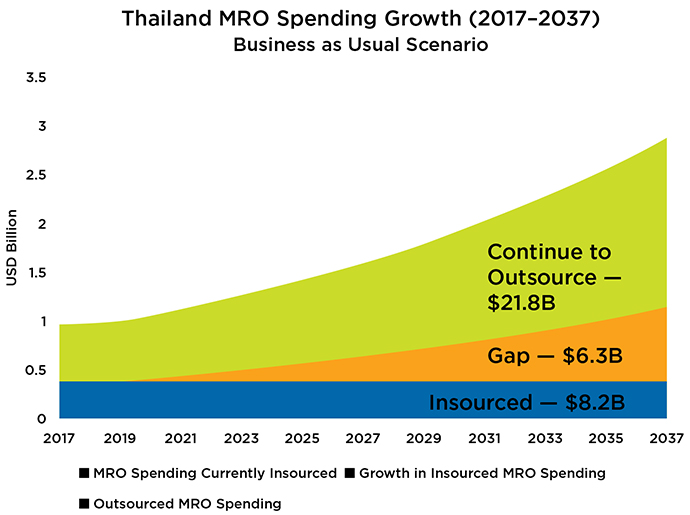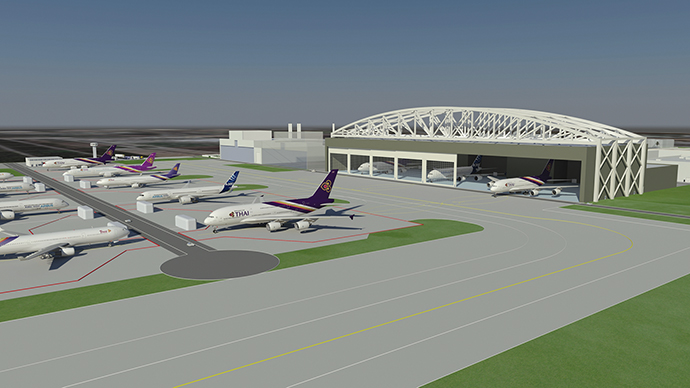Over the next two decades, Asia-Pacific airlines are forecast to account for 38 percent of total new commercial aircraft orders, according to a Boeing long-term forecast. This makes the region a key growth market for such commercial aerospace manufacturers as Boeing, Airbus, Rolls-Royce and Pratt & Whitney, among others.
"The Asia-Pacific’s aviation industry has experienced remarkable growth over the past decade," reports Rajiv Biswas, Asia-Pacific chief economist at IHS Markit Company. "In fact, the number of Asian airlines now totals over 230, with an estimated 27 percent of the world commercial aircraft fleet. APAC also accounted for around 28 percent of international and 40 percent of domestic scheduled air passenger traffic last year."
This and other analysis point to an aerospace sector poised for even more growth in Asia. But less evidence can be found of U.S. aerospace companies that are positioned to capture market share by having a regional presence.


The Aerospace Council of the American Chamber of Commerce in Thailand wants to change that. Its membership is business leaders who have "cracked the code" and are currently working in the region. The Council supports and promotes aerospace-oriented industries and projects in the region by improving government-to-industry relationships, increasing understanding of U.S. and Thailand/ASEAN aerospace regulations and increasing member companies’ ability to compete for business.
The Royal Thai Government (RTG) Board of Investment (BOI) makes available significant incentives to attract foreign aerospace investment. But there is little understanding on the part of non-Asian investors about what it takes to establish, operate and sustain a successful aerospace enterprise in Thailand.
You Don’t Know What You Don’t Know
What specifically don’t investing aerospace companies know?
They often don’t know where to begin when it comes to greenfield operations in foreign locations. At the onset, the perceived risks can often outweigh the apparent gains. Both are perceptions that need to be turned to facts. Unlike the electronics or automotive industry, fewer than a half a dozen in the U.S. aerospace community have "been there and done that" in Thailand in any meaningful way. For most, it’s a leap of faith. How does one take that leap of faith and turn it into a calculated business decision? Thailand is not a low-cost market (LCM) venture for a U.S.-based operation to service the U.S. market. Rather, with all the advantages the Thai government has laid out and the market access that this location has to offer, Thailand is the best location from which to capture the MRO "aerospace business of Asia" in Asia.

Many investors have qualms about doing business in Asia due to real or perceived notions surrounding business practices. There can be a "perceived feeling," or real lack of "business trust" in Asia. In Thailand, however, an investor can establish a wholly U.S. owned business or engage a Thai partner to reduce cultural risk.
This requires numerous visits by corporate decision-makers, taking them away from their primary business responsibilities in the U.S. This is one area where the Aerospace Council committee and the experience of the membership can assist. Without the travel, it can answer questions about to measure variable costs, for example, and what it actually costs to run a business in Thailand. These are Council members’ core competencies.
Expertise for the Taking
The Thai government’s ministerial offices will be helpful in fielding questions, too, but Council members have been through the process of establishing aerospace operations in Thailand. Take advantage of their expertise in such areas as business license options and the advantages and disadvantages of each; builders and the sourcing of suppliers for construction; certifications — ISO, DCAA, FAA, EASA and NADCAP; regulations and compliance with the BOI, Customs, environmental and taxing entities; workforce, including engineers and skilled labor; product training; financial services; and questions of process and product line scalability that immediately come into play upon market entry.
The objective, again, is not to export American jobs overseas to take advantage of lower labor costs. Airlines in the region want to work with local partners — logistics suppliers and other service providers. A physical presence in Thailand makes it possible to take advantage of the booming Asia-Pacific aerospace market. The AMCHAM Aerospace Council will facilitate every step of the way.
John Brasch and Jim Grunewald are advisors for TRIDENT Aviation Services Group (www.tridentasg.com) and Co-Chairmen of the AMCHAM Thailand Aerospace Council (www.amchamthailand.com).
